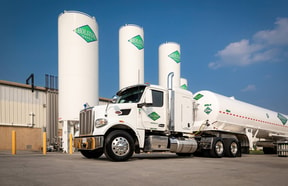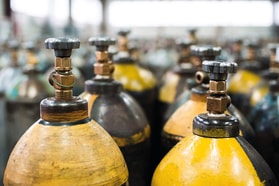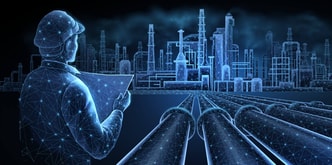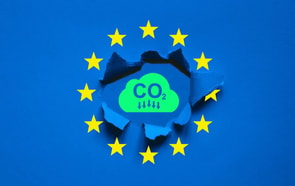Nippon Gases aims to close the loop with circular economy model
In the push for decarbonisation, a paradigm shift is underway, urging industries to reconsider their practices. The circular economy model is taking centre stage, demanding a re-evaluation of sourcing and cross-sector partnerships.
In the gases industry, this shift impacts the interplay between biogas and CO2, the trajectory of low-carbon hydrogen, and global CCUS projects. As sustainability becomes imperative, embracing circular economies is not just a choice but a necessity for the future of industrial gases.
Having released its ‘We enable a carbon neutral world’ campaign last year, Nippon Gases has made sustainability a core focus of its business model. As part of this campaign, the company laid out its five pillars for carbon neutrality.
Speaking with gasworld during the Circular Economies webinar held today, 17th November, Paola Amore, Carbon Neutrality Manager at Nippon Gases Industrial, outlined each pillar and how they can combine to create a carbon neutral world.
... to continue reading you must be subscribed












